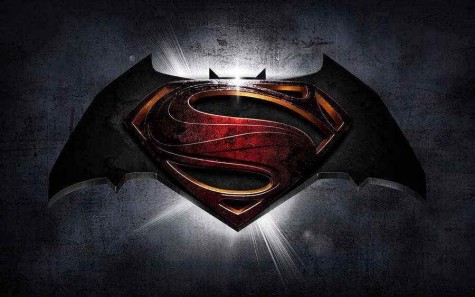Blood, Sex and Vulgarity– the R-Rated Film Formula!
Blood, sex, and vulgarity. The descriptors of a good R-rated film, be it of any genre, are those three items. An R-rating is not anything new or different, unless that rating is given to a comic book film.
Comic book films have been made for decades, with heroes such as Spider-Man, Batman, and the Avengers taking center-stage. These characters have had a combined 14 films come out since 1989, with another seven films if you count the solo films for members of the Avengers.
With two more movies premiering in May, “Batman V Superman: Dawn of Justice” and “Captain America: Civil War,” there is no sign of slowing down for the comic movie boom.
For a long time, an R-rated comic book movie was few and far between, with movies such as “The Punisher” and “Watchmen” falling under the radar, possibly due to their rating. However, with the release of “Deadpool” in February, it has changed the game.
“Deadpool” is possibly the most inappropriate comic book film in the history of cinema, and according to BoxOfficeMojo.com, has grossed $609 million worldwide, making it the number one grossing film in the X-Men film series. It also holds an 83 percent on Rotten Tomatoes, and an audience score of 94 percent.
“Deadpool” is an anomaly in the comic book film genre, much like the actual Deadpool comic books are, in the sense that the movie has had the same, if not more, than a standard issue PG-13 level comic films such as “The Avengers” or “Guardians of the Galaxy.”
Previously, according to BoxOfficeMojo.com, the highest grossing rated-R film based on a comic book was 2007 film “300,” bringing in $456 million, with “Kingsman: The Secret Service” behind that at $128 million.
“Deadpool,” “300” and “Kingsman: The Secret Service” were all very good movies, holding scores of 83 percent, 60 percent, and 74 percent, respectively. Their visual styles were artistic, and the storylines and characters were very faithful to the source material. The reason they were so faithful is due to their R-rating, as their comic book counterparts were gritty and realistic in the case of “300,” violent and witty with “Kingsman,” and “Deadpool” comics were gory, vulgar, and self-aware.
The R-rating allowed for these films to truly flesh out their source material and appeal to the fans of the comics, instead of being watered-down disappointments.
These movies show that it is possible to have an R-rated comic book film and not alienate a vast amount of the audience. In fact, the diversity actually helps the market, and allows for reinvention of series and helps avoid a stifle to creativity.
When the R-rating fits the style and the tone of the character, it should be done with that rating. This direction has already started to take shape, as the planned “Wolverine 3” movie has been announced as having an R-rating, a first for the character after seven film appearances.
With the success of films like “Deadpool,” “300” and “Kingsman: The Secret Service,” it is now evident that there is a market for R-rated comic book films.

Travis McDonald is in his 4th semester at Fresno City College, and this is his 1st semester with
the Rampage. Although currently undeclared, he plans...










